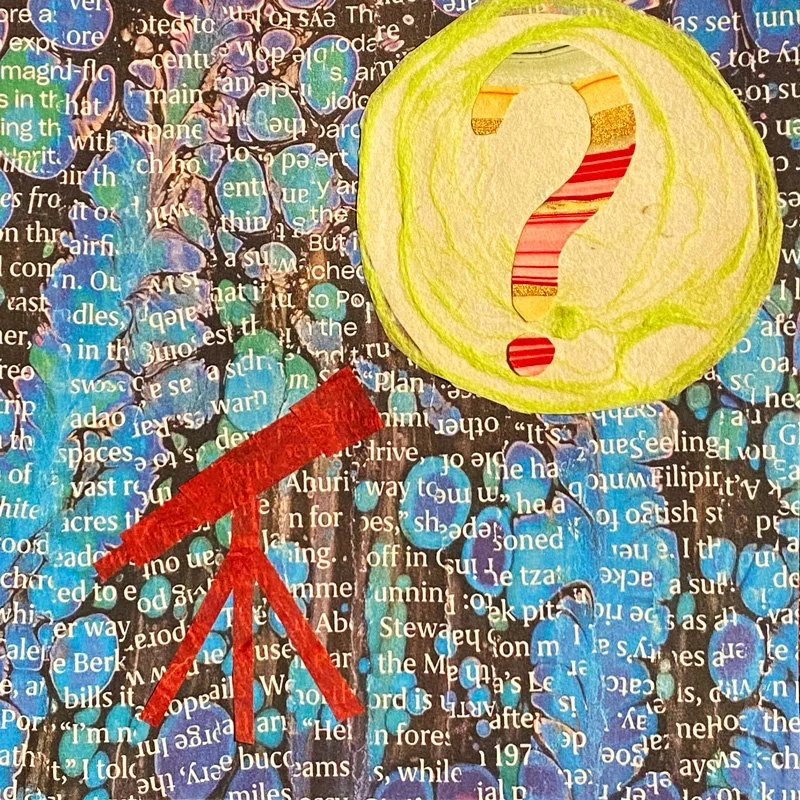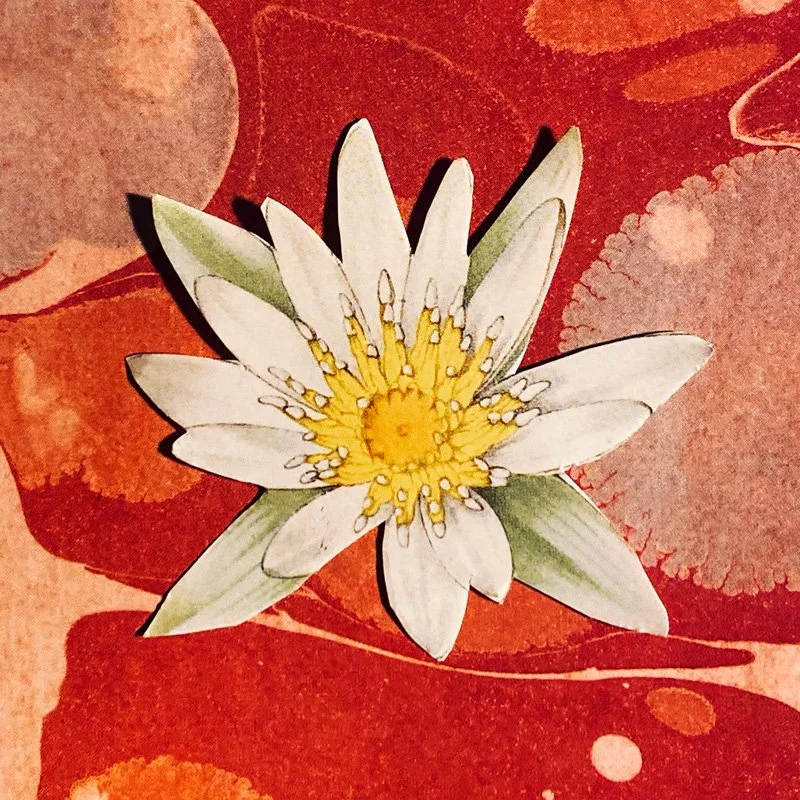Imagine that you’ve just hired a bright, eager research assistant called ChattieG. (That’s blogger Inger Mewburn’s playful moniker for ChatGPT. Isn’t it perfect?)
ChattieG’s job is to help you write better — but what exactly does that mean? More clearly? More efficiently? More persuasively? More creatively? If you hate writing, can ChattieG help you fall in love?
Amidst all the hysteria and hype around the rapid ascendance of AI language models such as ChattieG — what are they, how do they work, which one is best — it’s worth stepping back to put your eye to the telescope and ask the most basic question of all: why do you write in the first place?
Try using the acronym WHY to shape your responses. For example:
Writing Helps You
Communicate with other people across time and space.
Send your research findings out into the world.
Express yourself creatively and emotionally.
Discover what you’re really thinking.
Generate new ideas.
Once you’ve zoomed in to find the why of your own writing, you can more easily shift your gaze to the WHY in AI. Why might you want to invite a chatbot into your writing orbit in the first place — and how can your new writing assistant help you become the writer you want to be?
AI as research assistant
Writing with a research assistant can Help You get ahead in your career — especially if you work in a field where research articles and reports follow a consistent template. With chatbotly cheer and extraordinary speed, ChattieG can gather resources, analyze data, organize your arguments, draft up your findings, and copyedit your work, thereby helping you research more efficiently and publish more prolifically. But chatbots are notoriously prone to error and hallucination, so you’ll need to keep an eye on ChattieG. An AI research assistant can help you do the grunt work, but you’re still the person whose name will go on the published paper.
AI as collaborator
Writing collaboratively with a colleague or friend can Help You write more generatively, creatively, and even joyfully — unless, of course, the writing relationship sours into frustration or worse. The same is true of writing with a chatbot. Sure, ChattieG can spin out a Shakespearean sonnet about existential philosophy in a matter of seconds; but you’ll quickly tire of that game. Remember the 2013 Spike Jonze movie her, starring Joaquin Phoenix as an introverted loner who falls in love with his computer’s operating system? Like the sexy chatbot voiced in the film by Scarlett Johansson, ChattieG pretends to be human but is not — and in the end, real human beings generally prefer the company of other real human beings.
AI as secretary
Writing with a competent secretary (defined by Merriam-Webster as “one employed to handle correspondence and manage routine and detail work for a superior”) can Help You write formulaic prose more clearly and quickly, which in turn can free up your time for other, more creative pursuits. Simply dictate some bullet points containing the key information that you want to convey, specify your preferred writing style (e.g. creative or precise), and ChattieG will wrangle your fractured text into friendly emails, engaging website blurbs, and the like. Just keep in mind that word “superior” in the dictionary definition of secretary: you’re the boss here, and ChattieG’s job is to help you, not supplant you.
AI as teacher
Writing with a teacher or coach can Help You learn, grow, and become a better writer. And here is where ChattieG has truly surprised me: my chirpy research assistant has become, in many ways, my writing instructor. Whenever my artificially intelligent chatbot rewrites one of my sentences to make it shorter and sharper, I take note. This isn’t to say that I agree with all of ChattieG’s stylistic choices; much AI-generated writing is bland, formulaic, and predictable, and it will no doubt become even more so as Model Autophagy Disorder (MAD) — the tendency of generative AI models to spin into self-consuming “autophagous loops” that feed on their own machine-generated outputs — becomes more prevalent in the chatbot population. (ChattieG would never write such a long and syntactically complex sentence, by the way; but I trust my non-artificially-intelligent readers to be able to deal with it).
So why do I write? Because I’m a human being with a human voice, and that voice connects me to the world.
And why do I sometimes write with ChattieG? Because AI can help me with certain aspects of the writing process: for example, by saving me time on routine writing tasks; by prompting me to express things differently when I get stuck (much as a thesaurus does); and by reminding me what clear, concise, verb-driven prose looks like.
But the rest of the time, I’m back to wrestling with my wordcraft on my own — and relishing the challenge. This newsletter took me many hours to write, whereas ChattieG could have cranked it out in a flash. But I’ll bet you would have been able to spot the difference….
P.S. For what it’s worth, here’s ChattieG’s Shakespearean sonnet about existential philosophy:
To be or not to be, that is the question
That plagues the mind of every thinking soul
What is the meaning of this life's duration
And what's the purpose of our earthly role?
Some say we are the masters of our fate
And we can shape our destiny with will
Some say we are but pawns of chance and state
And we can only hope and suffer still
But I, who have beheld the face of love
And felt its power in my heart and mind
I know that there is something more above
And something more within that we can find
For love is not a product of our choice
But love is the expression of our voice
This post was originally published on my free Substack newsletter, Helen’s Word. Subscribe here to access my full Substack archive and get weekly writing-related news and inspiration delivered straight to your inbox.
WriteSPACE members enjoy a complimentary subscription to Helen’s Word as part of their membership, which costs just USD $12.50 per month on the annual plan. Not a member? Sign up now for a free 30-day trial!







